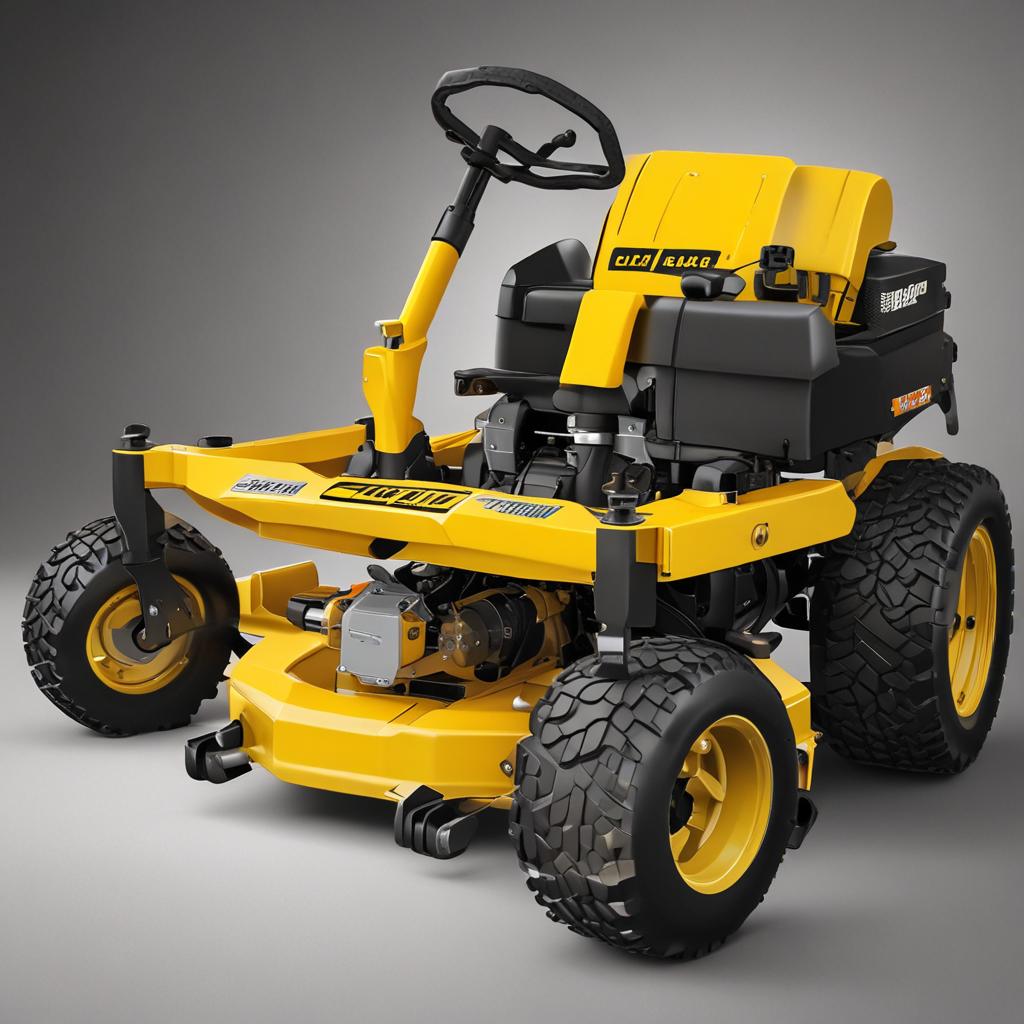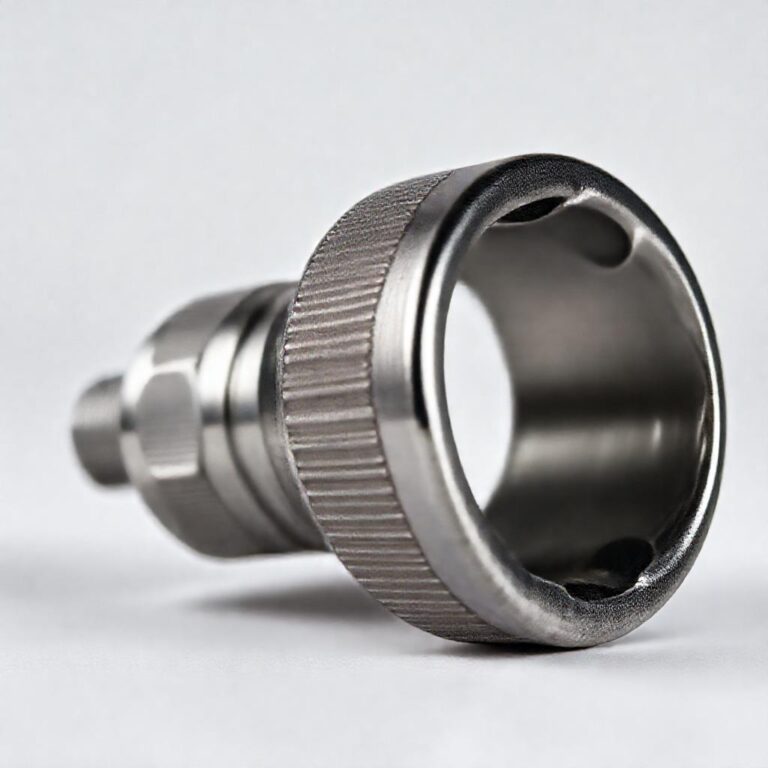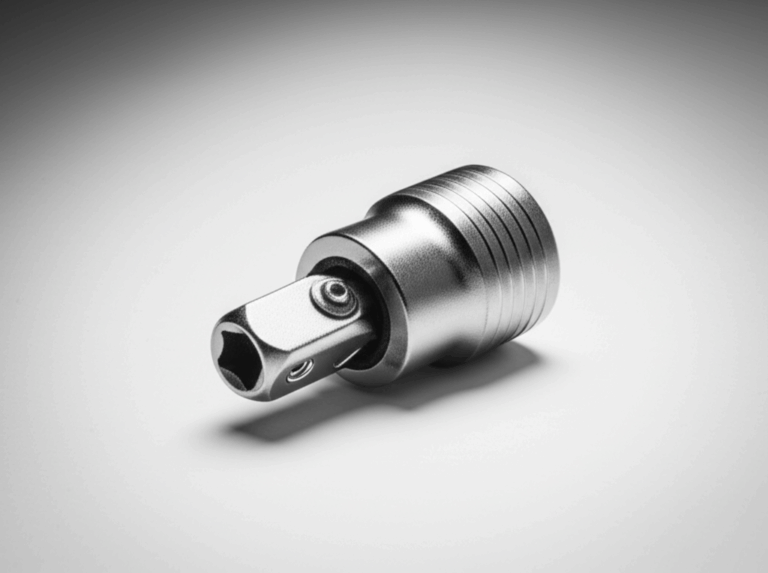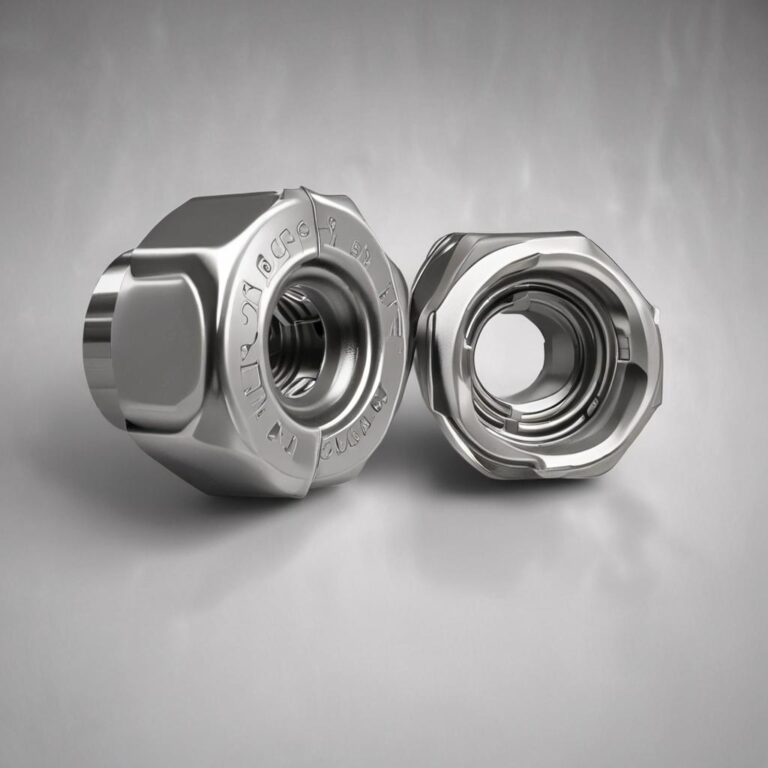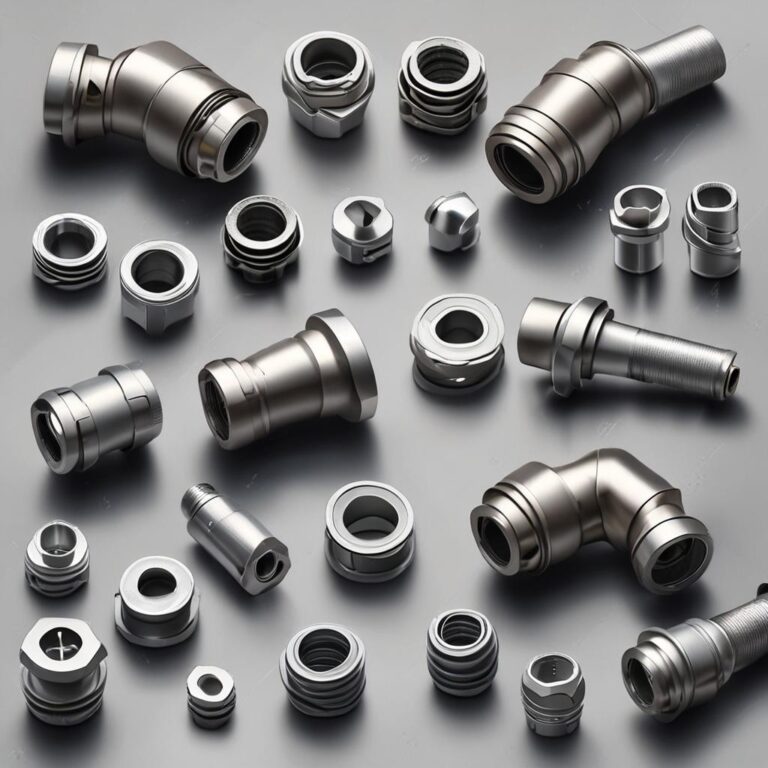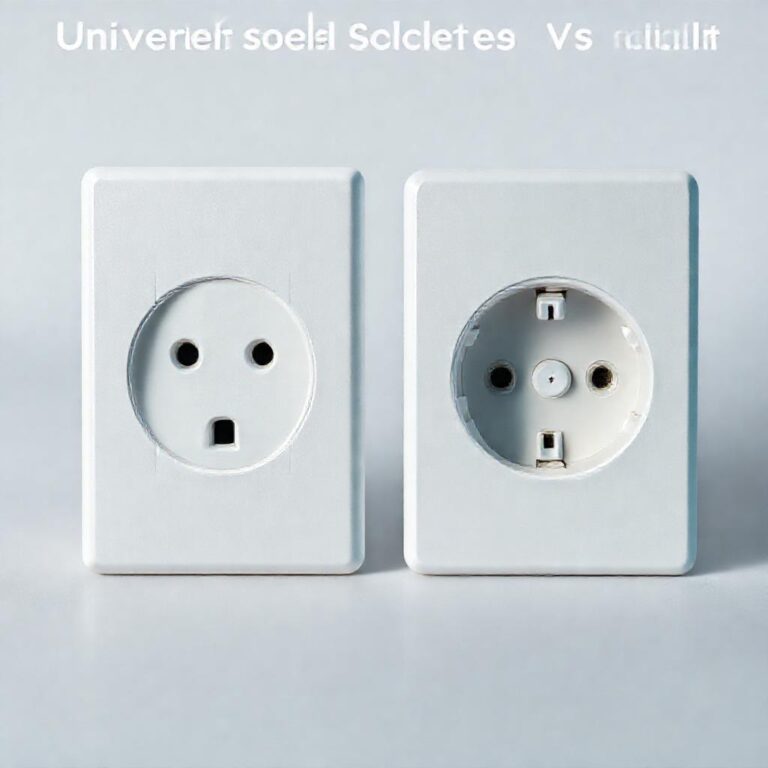Cub Cadet Xt1 Blade Removal Socket Size
The Cub Cadet XT1 is a trusted workhorse for homeowners seeking a reliable, durable lawn tractor. With its powerful engine and versatile features, it ensures a clean, efficient cut every time. However, even the best equipment requires regular maintenance, and blade care is a critical part of that process. Knowing how to safely remove and replace the blade, including the right socket size, can make all the difference in preserving your mower’s performance and extending its lifespan. Below, we break down everything you need to know to tackle this task confidently.
Why Knowing the Correct Socket Size Matters
Importance of Using the Right Tools
Using the correct socket size for blade removal is essential to avoid damaging your Cub Cadet XT1. An improperly sized socket can strip the bolt’s edges or cause the spindle to shift, leading to costly repairs and potential safety hazards. The blade bolt is under significant tension, so precision tools ensure a smooth, controlled process.
Avoiding Common Mistakes
Many DIYers attempt to use adjustable wrenches or the wrong socket, which often results in rounded bolts or difficulty loosening the nut. These errors not only delay the task but also risk voiding warranties or compromising the mower’s integrity. Always verify the socket size before starting to prevent unnecessary complications.
Identifying the Socket Size for Cub Cadet XT1 Blade Removal
Manufacturer Specifications
Features table for Manufacturer Specifications
Cub Cadet officially recommends a 15/16-inch socket for blade removal on the XT1 model. This size is designed to fit the blade bolt securely, aligning with the tractor’s engineering standards. For model-specific details, always cross-reference the information with your user manual.
Measuring the Blade Bolt
If you’re unsure of the socket size, measure the width across the flats of the blade bolt using a tape measure or caliper. Alternatively, try a socket set’s 15/16-inch size—if it fits snugly without wobbling, that’s your match. Accuracy here ensures a safe and efficient removal process.
Common Socket Sizes for Lawn Mowers
While the 15/16-inch socket is standard for many professional-grade mowers like the Cub Cadet XT1, other sizes such as 5/8 inch or 1 inch might be used in different models. Always confirm the exact size for your tractor to avoid using incompatible tools.
Step-by-Step Guide to Removing the Blade
Safety Precautions
Safety should be your priority. Disconnect the spark plug to prevent accidental starts, and wear thick gloves to protect your hands. Secure the mower on a flat surface and use wheel chocks if needed to avoid tipping during the process.
Tools Needed
- 15/16-inch socket
Blade Removal Process
To remove the blade, lift the deck using a jack or blocks to access the blade bolt. Attach the 15/16-inch socket to the bolt and turn counterclockwise. A blade holder can stabilize the blade as you loosen the nut, preventing it from rotating. Once the bolt is off, carefully lift the blade from the spindle.
Inspecting the Blade
After removal, inspect the blade for nicks, cracks, or excessive wear. Hold it up to a light to check for bends, as even minor damage can cause uneven cutting and strain on the mower. If you notice any issues, replacement is necessary for optimal performance.
Replacing the Blade: Tips and Tricks
Choosing the Right Replacement Blade
Ensure your replacement blade matches the original in size, shape, and model number. Refer to the XT1’s manual for specifications, and look for blades labeled “Cub Cadet” or compatible with similar tractors. High-quality blades maintain sharpness and reduce vibration.
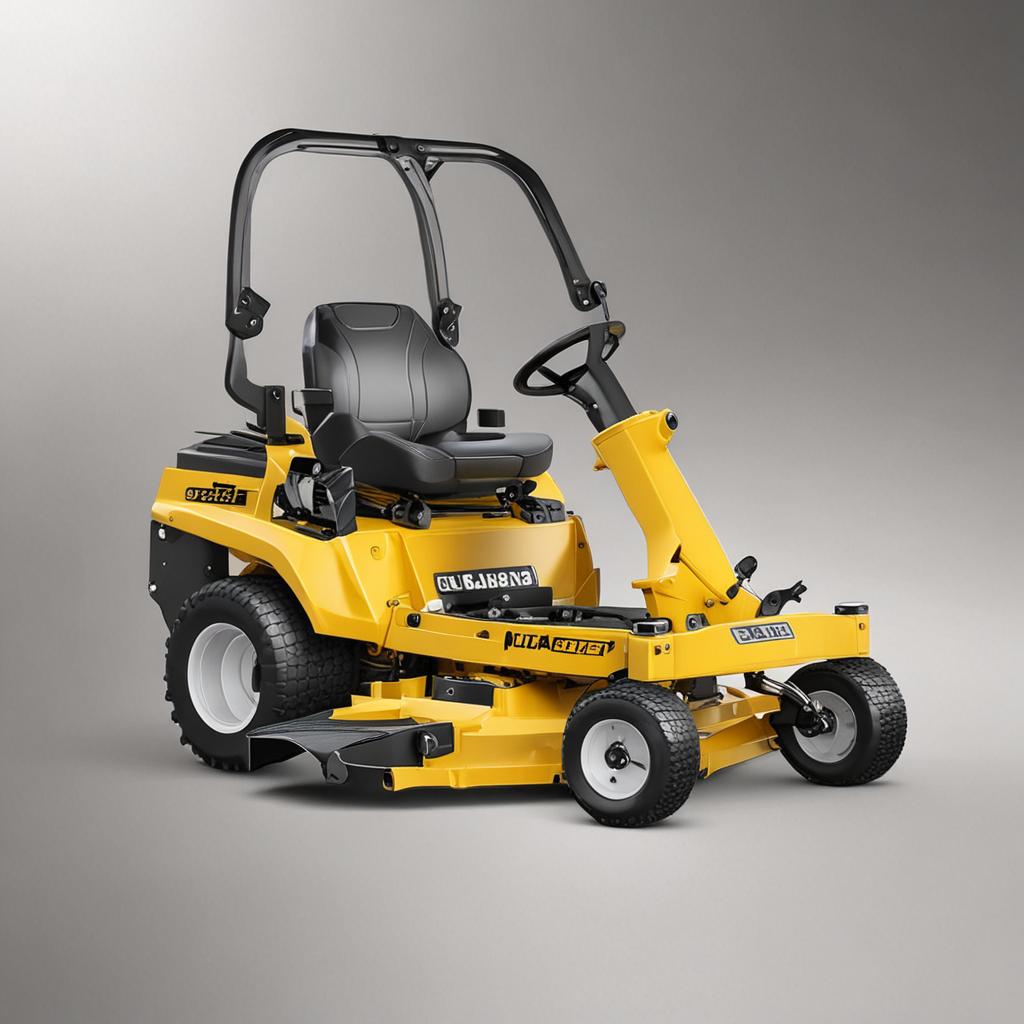
Installing the New Blade
Align the new blade with the spindle, ensuring the cutting edge faces the correct direction. Slide the blade bolt through the mounting hole and secure it with the washer and nut. Tighten the bolt gradually using the 15/16-inch socket and wrench to avoid cross-threading.
Tightening the Blade Bolt
Proper torque is vital to prevent the blade from loosening during operation. Cub Cadet typically specifies a torque range of 75–80 ft-lbs for the XT1. While a torque wrench is ideal, a calibrated wrench can suffice if unavailable. Double-check tightness for stability and safety.
Maintenance Tips for Cub Cadet XT1 Blades
Regular Sharpening
Sharpen your blade every 20–25 hours of use to maintain cutting efficiency. Dull blades rip grass instead of cleanly slicing it, which can lead to brown tips and an uneven lawn. Use a file or bench grinder to restore the edge, followed by balancing.
Checking Blade Balance
An imbalanced blade causes vibration and can damage the mower. Balance it by placing on a metal edge or using a blade balancer. If one side dips, add weight to the lighter end with welds or tape until equilibrium is achieved.
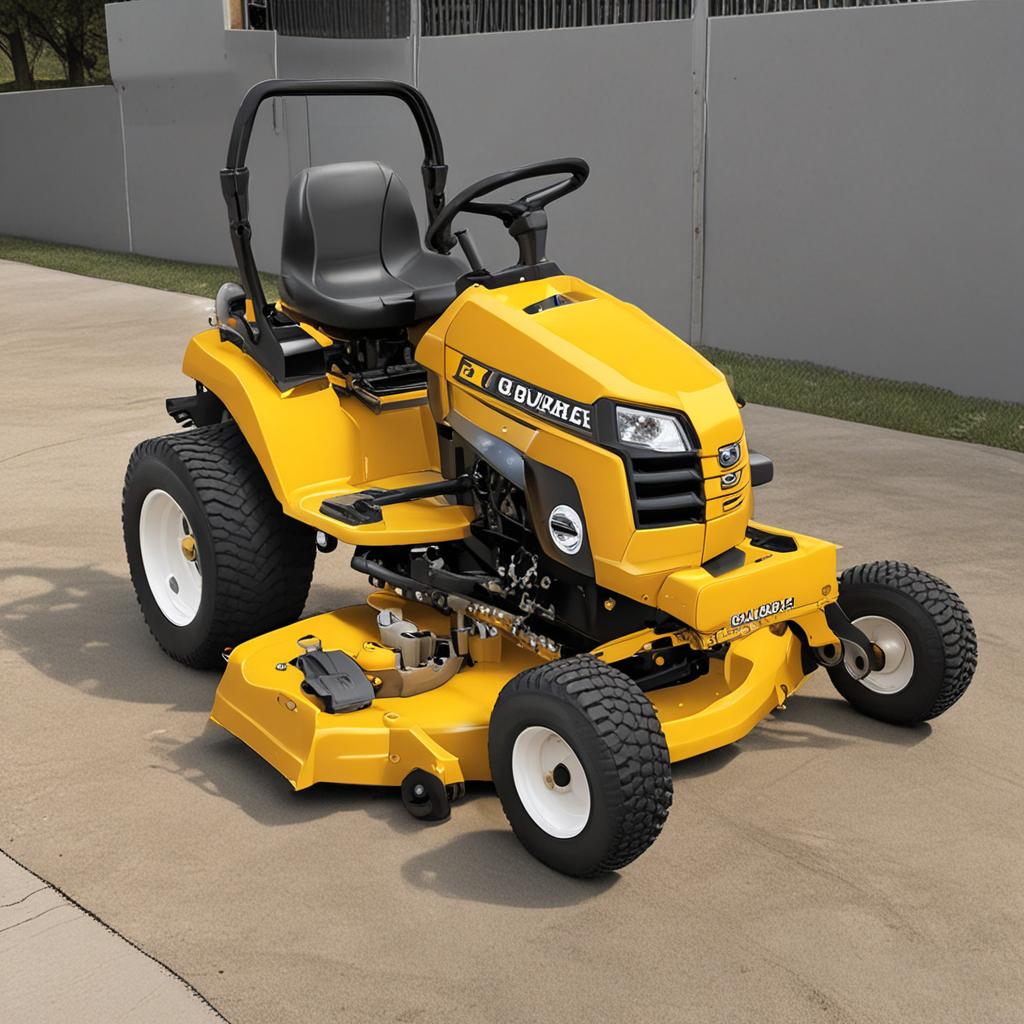
Seasonal Maintenance
At the end of the season, clean the blade thoroughly with soapy water to remove debris and rust. Apply a light oil coating for storage, and consider replacing it if it shows signs of fatigue. Proper care ensures a smooth start next spring.
FAQ Section
What is the exact socket size for Cub Cadet XT1 blade removal?
The standard socket size is 15/16 inches, but always confirm with your model’s manual to avoid assumptions. Variations in bolt size can occur due to different trim or engine configurations.
Can I use an adjustable wrench instead of a socket?
Adjustable wrenches are not ideal for this task. They can slip during use, potentially causing injury or damaging the bolt. A 15/16-inch socket provides a secure fit, making the process safer and more effective.
How often should I replace my Cub Cadet XT1 blade?
Replace the blade every 1–2 seasons or if it becomes bent, warped, or excessively worn. Regular inspections help catch issues early, ensuring your mower performs at its best without risking damage to the deck.
Do I need a torque wrench for blade installation?
While optional, a torque wrench is highly recommended. It ensures the blade bolt is tightened to 75–80 ft-lbs, preventing over-tightening or under-tightening, both of which can lead to mechanical problems or blade slippage.
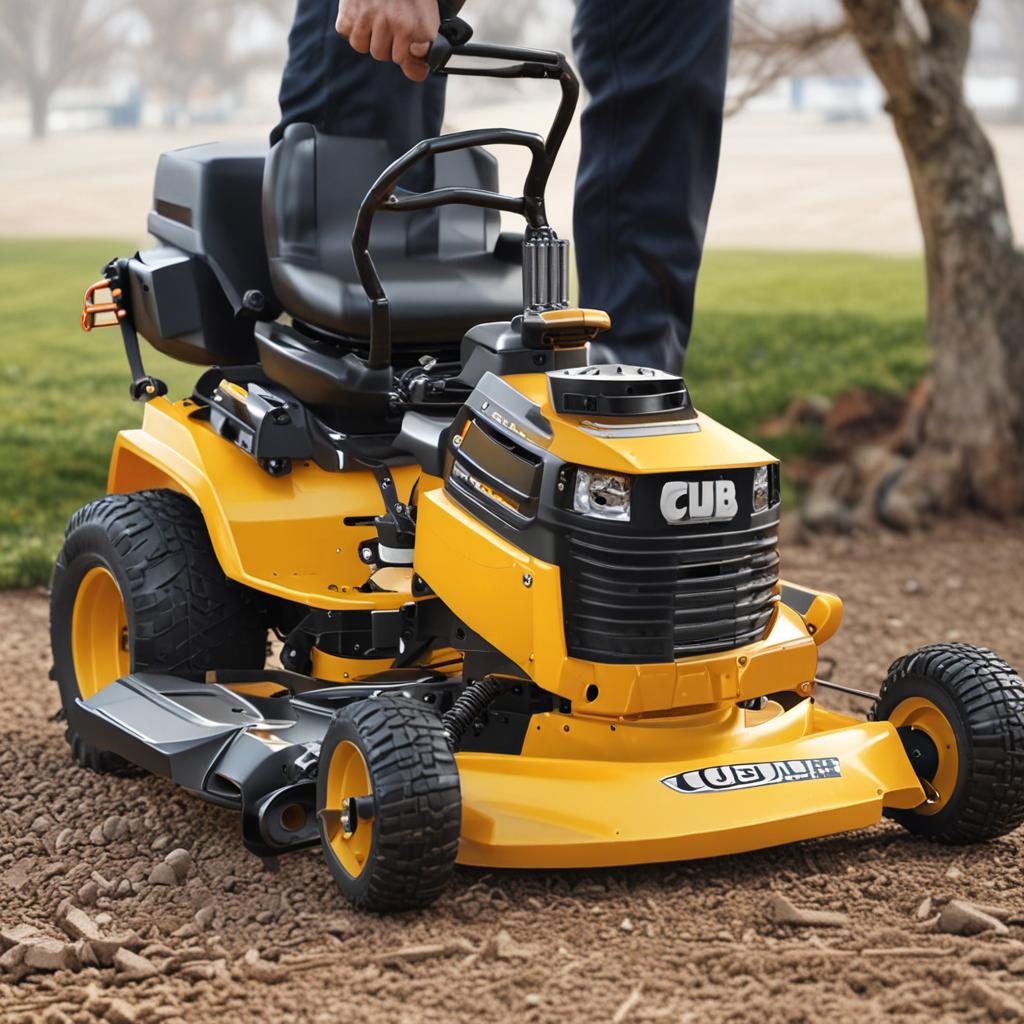
What happens if I use the wrong socket size?
Using an incorrect socket size risks stripping the bolt’s hex head, leading to a frustrating repair. In worst-case scenarios, a damaged bolt can compromise the spindle or cause the blade to detach during operation, posing serious safety hazards.
Conclusion
Correct socket size, proper tools, and mindful technique are essential for safe and effective blade removal on your Cub Cadet XT1. By following these steps and maintenance tips, you’ll keep your mower operating smoothly and your lawn looking its best. Always consult the user manual for model-specific guidance, and don’t hesitate to seek professional help if uncertainty arises. With regular care, your XT1 will remain a dependable partner for season after season of mowing.

